Por: Roberto Pontual
THE LIVING WAY OF REPORTING
Robert Pontual – 1970
The work of art imposes its specific way of launching denunciation and in this it is justified. It is thus risky, inaccurate, and sterilizing to claim that such a function – the widest of its presence – is established by the parameters of other human activities, which require the clear, precise, direct act of denunciation. Tightly grasping the reality of the world, mixed with exterior and interior, the artist creates new dynamic and pulsating structures, whose full meaning only surrenders – and therefore completes – to the extent that it demands a corresponding effort of apprehension, comprehension and absorption by part of its viewer-consumer. Insofar as it requires of him an exit from within himself to find, then, in the preexisting mystery that opens and ceases to be, the living evidence of things.
The painting of Pietrina Checcacci has been in the last years an effort of modifying language. Its functionality is that in order to understand it we must necessarily dive into the fervent matter of regions beyond mere surface. Because on the surface – especially in the works it now presents – there is the romanticism of man and woman placed in a calm and contemplative confrontation and coexistence, in the beautiful exacerbated in form and color, in the decorative sinuosity of baroque and “art nouveau”, in the general mystique and in a certain semi-dream languor that establishes the first atmosphere.
But her authentic speech is a result of the montage (I remember that she one day feels the music of Caetano Veloso and the example is good and significant because they work both with the dynamics of the relationships between the apparent matter of the surface and the lava of the In this assembly, which gives new meaning to things and implies a modifying effort of understanding, the whole gesture and cry of denunciation are born). Using “closes” and perspectives of deliberate contortion, with the exact and non-stiff grip of the apprehension of anatomy, Pietrina manages to direct our initial gaze to the heart of her denunciation. And what does it consist of? In what is not explicit and evident in each of his paintings (as he was a little more in his standards, around 1968), but that we are in our movement to the reality of the work, which we found, unfold and deepen. The denunciation that it is up to each of us to discover – because it is latent – from seeing on his canvas the evidence of no more, of the past, of the tranquility and beauty rendered impossible, of the languid atmosphere of being able to dream and contemplate, it is in the texture of one’s own skin or in the essential risk of a closed look at the world, in the cornucopia of magic and in the softening floral elements, in the line of music punctuating counterpoint. However – and this is where the greater density of his painting resides and vibrates – no nostalgia, no will to return to recover just as. Pietrina, in her lucid experience of contemporaneity, understands why this peace she paints no longer corresponds to the world of our daily step. The peace that would be for us when another kind of tranquility was conquered. But that for now is the post of human experience. The peace that was or the peace that will come? This painting does not respond, but proposes.
